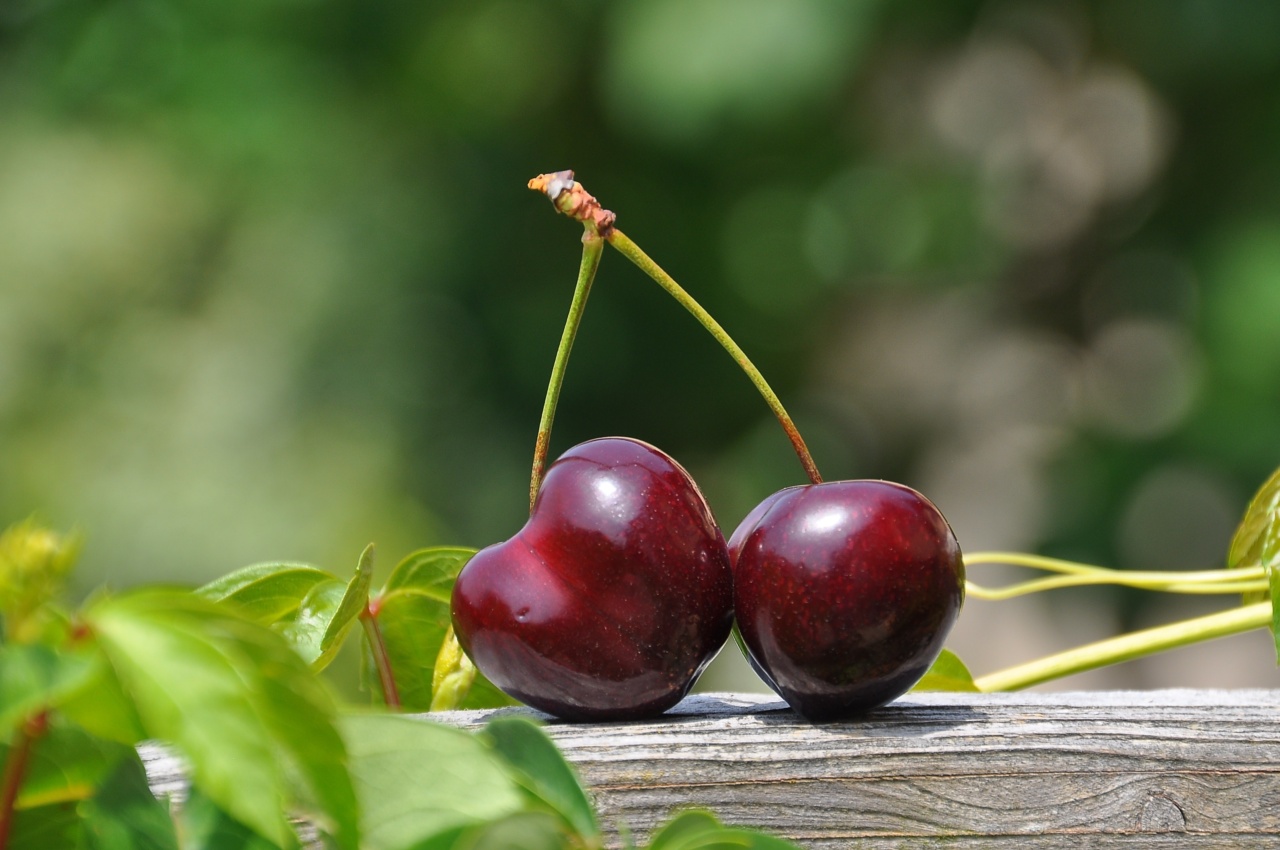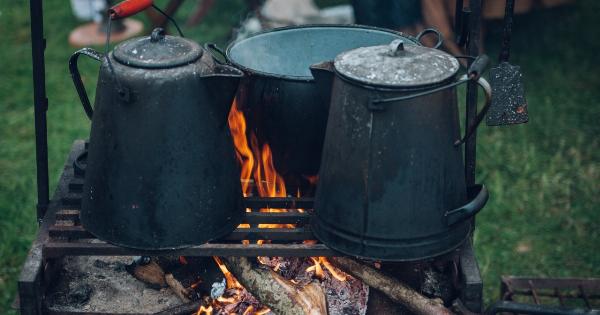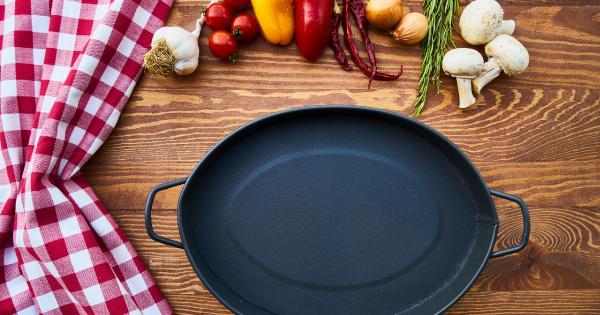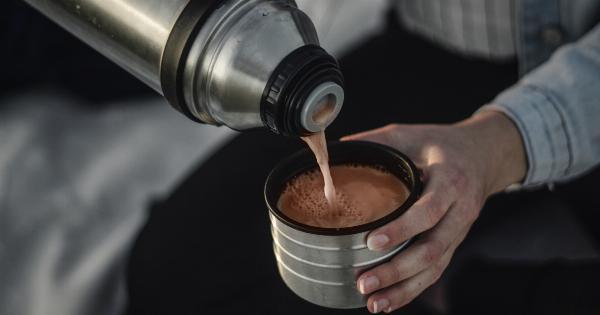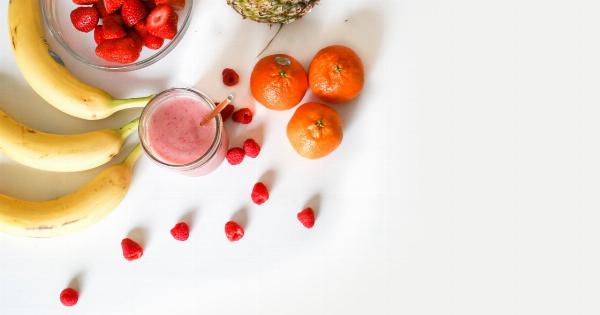Iron is an essential mineral that plays a vital role in various bodily functions. It is responsible for carrying oxygen to all parts of the body, supporting metabolism, promoting a healthy immune system, and maintaining overall wellbeing.
Iron deficiency can lead to fatigue, weakness, and impaired cognitive function. Therefore, it is crucial to include iron-rich foods in your diet to ensure you meet your daily iron requirements.
Understanding Iron and Its Importance
Iron exists in two forms: heme and non-heme iron. Heme iron is derived from animal sources and is more easily absorbed by the body. Non-heme iron, on the other hand, is found in plant-based foods and is not as readily absorbed.
Vegetarians and vegans, therefore, need to pay extra attention to their iron intake.
Iron requirements vary depending on age, sex, and physiological condition.
Adult men and postmenopausal women generally need around 8 milligrams of iron per day, while premenopausal women require approximately 18 milligrams due to blood loss during menstruation. Pregnant women have even higher iron needs, with a recommended daily intake of 27 milligrams.
Iron-Rich Foods
There are numerous foods that can help boost your iron levels. Here are some excellent sources of iron:.
1. Red Meat
Red meat, especially beef, is an outstanding source of heme iron. A 3-ounce serving of beef provides around 2-3 milligrams of iron, depending on the cut. Make sure to choose lean cuts to reduce saturated fat intake.
If you follow a vegetarian or vegan diet, you can skip this option and focus on other sources of iron.
2. Poultry
Poultry, such as chicken and turkey, also contains heme iron. Skinless chicken breast offers approximately 0.6-0.9 milligrams of iron per 3-ounce serving.
While not as iron-rich as red meat, poultry is a leaner alternative that still provides a decent amount of this essential mineral.
3. Fish and Seafood
Fish and seafood, particularly shellfish like clams, mussels, and oysters, are fantastic sources of heme iron. For example, 3 ounces of cooked clams can contain up to 24 milligrams of iron.
Additionally, fish like sardines, salmon, and tuna also offer good amounts of heme iron along with essential omega-3 fatty acids.
4. Legumes
Legumes, including lentils, chickpeas, and beans, are excellent plant-based sources of non-heme iron. They provide an array of nutritional benefits, including fiber, protein, and various vitamins and minerals.
One cup of cooked lentils contains around 6.6 milligrams of iron, making them a fantastic choice for vegetarians and vegans.
5. Tofu
Tofu, a popular plant-based protein alternative, contains a decent amount of iron. Half a cup of tofu provides approximately 3 milligrams of iron.
Incorporating tofu into your diet can not only boost your iron levels but also enrich your meals with a versatile ingredient that takes on various flavors.
6. Dark Leafy Greens
Dark leafy greens like spinach, kale, and Swiss chard are packed with nutrition, including iron.
Although the iron in plant-based foods is not as easily absorbed by the body as heme iron, consuming these greens alongside Vitamin C-rich foods can enhance iron absorption. One cup of cooked spinach contains around 6.4 milligrams of iron.
7. Nuts and Seeds
Nuts and seeds, such as pumpkin seeds, cashews, and almonds, are not only a good source of healthy fats but also provide a moderate amount of iron. For example, a quarter cup of pumpkin seeds contains approximately 2-3 milligrams of iron.
Snacking on these nutritious treats can help boost your iron levels while providing other health benefits.
8. Iron-Fortified Foods
Certain foods are fortified with iron to enhance their nutritional value. These include breakfast cereals, bread, and other grain products.
Fortified foods can be an easy and convenient way to increase your iron intake, especially if you have difficulty meeting your requirements through whole foods alone. Always check the labels to ensure you choose products with adequate iron fortification.
Paring Iron-Rich Foods for Maximum Absorption
While including iron-rich foods in your diet is essential, it’s also crucial to optimize iron absorption. Some dietary choices can enhance or inhibit iron absorption. Here are some tips for pairing foods to maximize iron absorption:.
1. Pair Iron-Rich Foods with Vitamin C
Vitamin C-rich foods can significantly enhance the absorption of non-heme iron from plant-based sources. Therefore, it is beneficial to combine iron-rich foods with those high in Vitamin C. For example:.
- Pair lentils with bell peppers and lemon juice in a salad
- Include a squeeze of lemon on your dark leafy greens
- Enjoy a glass of orange juice with your iron-fortified cereal
- Add strawberries or kiwi to your nut and seed trail mix
2. Avoid Consuming Iron with Calcium-Rich Foods
Calcium can hinder iron absorption, so it’s best to avoid pairing iron-rich foods with those high in calcium. This is especially important for individuals with iron deficiency or those who rely on non-heme iron sources.
Foods high in calcium include dairy products, such as milk, cheese, and yogurt. If consuming these calcium-rich foods, separate them from iron-rich meals by a few hours to optimize the absorption of both minerals.
3. Combine Non-heme Iron with Animal or Plant-Based Heme Iron
Pairing non-heme iron with heme iron sources can increase overall iron absorption. For individuals following vegetarian or vegan diets, combining different plant-based sources of iron can be beneficial.
This combination can include legumes with tofu, dark leafy greens with seeds, or whole grain bread with lentil soup.
4. Cooking Techniques for Iron Absorption
Certain cooking techniques can enhance iron absorption from plant-based foods. Here are a few tips to make the most of your iron-rich ingredients:.
- Soak legumes overnight before cooking to reduce phytate content, which can hinder iron absorption
- Steam or stir-fry vegetables instead of boiling them, as this can help preserve their iron content
- Cooking in cast-iron pans can increase the iron content of certain foods
- Pair iron-rich foods with acidic ingredients, such as vinegar or lemon juice, to enhance iron absorption
Knowing When to Seek Professional Advice
If you suspect you have an iron deficiency or struggle to meet your iron requirements through diet alone, it’s essential to consult a healthcare professional.
They can evaluate your iron levels and provide appropriate guidance and potential supplementation if necessary. Remember, it’s always best to seek personalized advice to address your unique needs.
Incorporate Iron-Rich Foods for Optimal Health
Incorporating iron-rich foods into your daily diet is key to maintaining optimal health and preventing iron deficiency.
While red meat and seafood are excellent sources of heme iron, plant-based sources like legumes, tofu, dark leafy greens, nuts, and seeds can provide substantial non-heme iron. By pairing these foods strategically and embracing cooking techniques that enhance iron absorption, you can maximize the benefits of iron-rich foods for your overall wellbeing.
